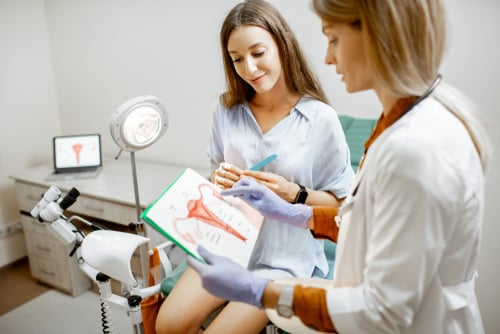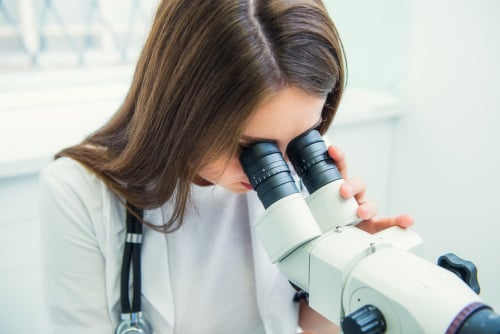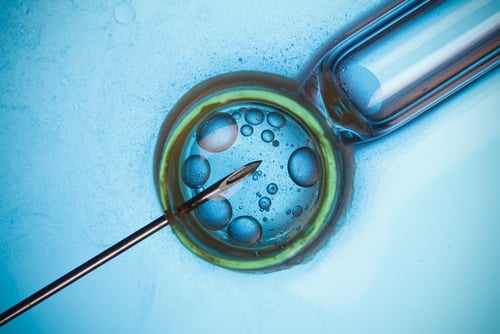An Easy Guide to HPV
Human Papillomavirus (HPV) is a very common infection that infects the genital and anal skin. There are more than 100 different kinds of HPV, which can be categorized as Low Risk HPV or High Risk HPV.

What is HPV?
Human Papillomavirus (HPV) is a very common infection that infects the genital and anal skin. There are more than 100 different kinds of HPV, which can be categorized as Low Risk HPV or High Risk HPV. Low Risk HPV can cause genital warts. High risk HPV increases your risk for cervical cancer if not found in time. Most infections don’t cause anything and your immune system clears it in a few months, but HPV can persist for a few years.
How Did I Get HPV?
The virus is often contracted through sexual contact, as well as from a pregnant woman to her child during delivery, and affects over 20 million people in the US, with an estimated six million people becoming infected each year. Since it is a very common infection you have a common virus that usually clears from the body without having any issues. It is not unusual for HPV to be diagnosed in a long-term relationship!
What Is A Pap Smear?
A pap smear is a screening test looking for abnormal changes in your cells in the cervix before they turn into cancerous cells. Small brush is used to swab cervical cells and it is sent to lab for evaluation.
When Should I Get A Pap Smear?
The American Congress of Obstetricians and Gynecologists (ACOG) recommends the test should not be performed earlier than 21 years of age. Traditionally the test should be performed once a year, but new guidelines are available based on new research, so please discuss with healthcare provider. Please refer to ASCCP.ORG for more information.
What Is HPV Testing? Is It The Same As A Pap Smear?
HPV testing is not the same as a pap smear. It specifically looks for HPV infection. It is usually performed as a co-test for women 30 years of age and older, and as follow-up test if abnormal cells on a pap smear.
Why Isn’t HPV Tested In Women Under 30 Years Of Age?
HPV is very common in younger women and will most likely to be cleared naturally.
What Is HPV Genotyping?
HPV genotyping allows doctors to see who is infected with “High risk” HPV infection that may increase risk of cervical cancer. The important types are 16 and 18, which are found most with cervical cancer.
What Happens If My Pap Is Abnormal?
An abnormal Pap smear doesn't necessarily indicate a condition like HPV or cervical cancer. Pap smears are constructed to detect any changes within the cervical cells, and abnormal results may indicate other conditions such as inflammation, hyperkeratosis, or atypical squamous or glandular cells. False positives are also common from Pap smears, but we take every precaution we can to ensure your health.
Your doctor may perform a colposcopy after abnormal cells are found in order to examine the cervix more closely and take a biopsy of any abnormal tissues. Any necessary treatment will be performed after further examination.
What if I Need Treatment?
While there is no cure for HPV, treatment for the symptoms caused by HPV, such as genital warts, cervical changes and cervical cancer is available. Treatment depends on the type of infection as well as the present symptoms, and may be administered at home or by your doctor.
Mild cervical changes can be monitored because your immune system can naturally clear the infection. Helpful hints to help clear the HPV infection: Take your daily vitamins, stop smoking if you are and decrease your stress level!
Moderate and severe infection are usually treated and treatment depends on age, if pregnant, and where cells changes are located.
Other Treatment options include cryosurgery (freezing), laser, LEEP (thin, electrically charged wire to cut away abnormal cells), cone biopsy (surgical knife to cut away cells)
What About HPV Vaccine?
The Centers for Disease Control (CDC) recommends routine HPV vaccination for males and females age 11-26 years of age. Vaccination makes it much less likely that a woman will develop cervical cancer or have precancerous cervical cell changes.
































